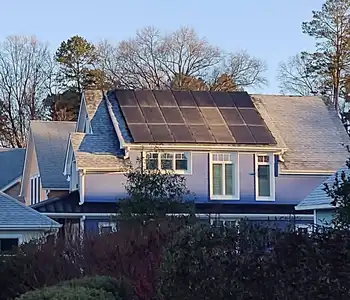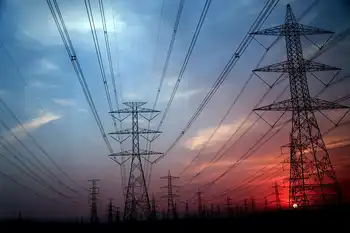Tanzania invests in expanding transmission network
The new line will enable the company to serve 25,000 new customers. TANESCO has signed an agreement with a consortium of SAE Power Lines and Associated Transrail Structures Limited to implement the project.
The 132-kilovolt (kV) transmission network reinforcement project is part of the Tanzania Energy Development and Access Expansion Project (TEPAD). In addition to setting up the new line, TANESCO also intends to construct 13 new distribution stations and re-establish five existing substations in three different parts of the nation.
Other plans include improvement of the company's existing network and the replacement of 60,000 credit meters with prepaid ones. Solid-state meters with remote metering will be installed for 1,800 customers.
Other features of the project include establishment of a technical service management system, a resource management system, a commercial management system, and a marketing department. The major part of the project will be implemented in and around the capital city of Dar es Salaam, the Mount Kilimanjaro area and in the city of Arusha in the north.
Because of poor infrastructure and the lack of available electricity, the local consumers of Tanzania face frequent power cuts. The new project would provide new households and businesses with greater access to the national network grid system. Until now, low network voltages and high-energy losses in most regions have limited customers' access to power. Overloaded feeders and substations is another reason for the poor access to power.
At present, Tanzania does not generate surplus power. In the event of any breakdown, the government would have no option other than to ration the power supply.
The country's peak power demand is about 787 megawatts (MW), while the grid can supply only 595 MW. By 2014, power demand is expected to reach 1,331 MW, and capacity is expected to reach 1,445 MW. TANESCO has predicted that the country must add 105 MW of power to its grid each year to be able to meet the increasing demand.
However, projects have had to face prolonged delays over the past few years. Most of the nation's power is generated by hydropower projects and about 300 MW is generated from offshore natural gas.
The main aim of forming and developing TEPAD is to enhance power services in the three main growth centers of the nation. The project broadly includes investment in TANESCO's transmission and distribution network, extension of support to the Rural Energy Agency, and provision of finances required for project management and technical assistance. According to estimates made by the World Bank (Washington, D.C.), the project would cost about $105 million.
TANESCO and the Tanzanian Ministry of Energy And Minerals are jointly implementing the project, which started in 2007 and will last until 2012.
Related News

Duke Energy seeks changes in how solar owners are paid for electricity
CHARLOTTE - Duke Energy has proposed new rules for how owners of rooftop solar panels are paid for electricity they send to the electric grid. It could mean more complexity and lower payments, but the utility says rates would be fairer.
State legislators have called for changes in the payment rules — known as "net metering."
Right now, solar panel owners who produce more electricity than they need get credits on their bills, equal to whatever they pay for electricity. Under the proposed changes, the credit would be lower and would vary according to electricity demand, said Duke spokesperson Randy Wheeless.
"So in…





